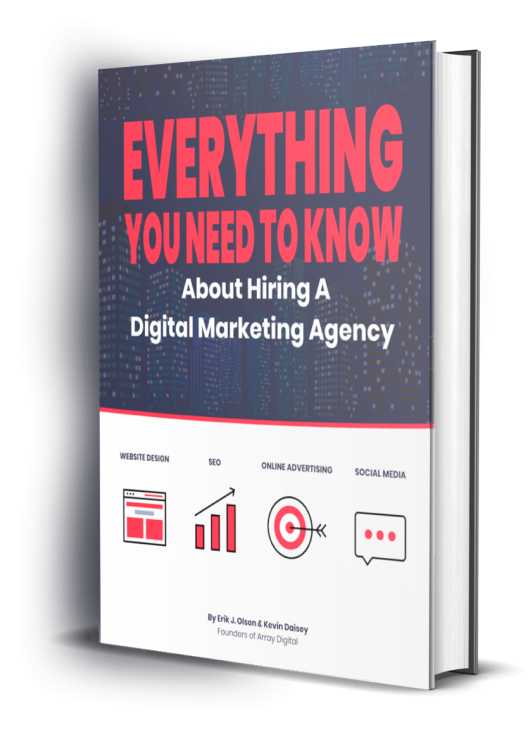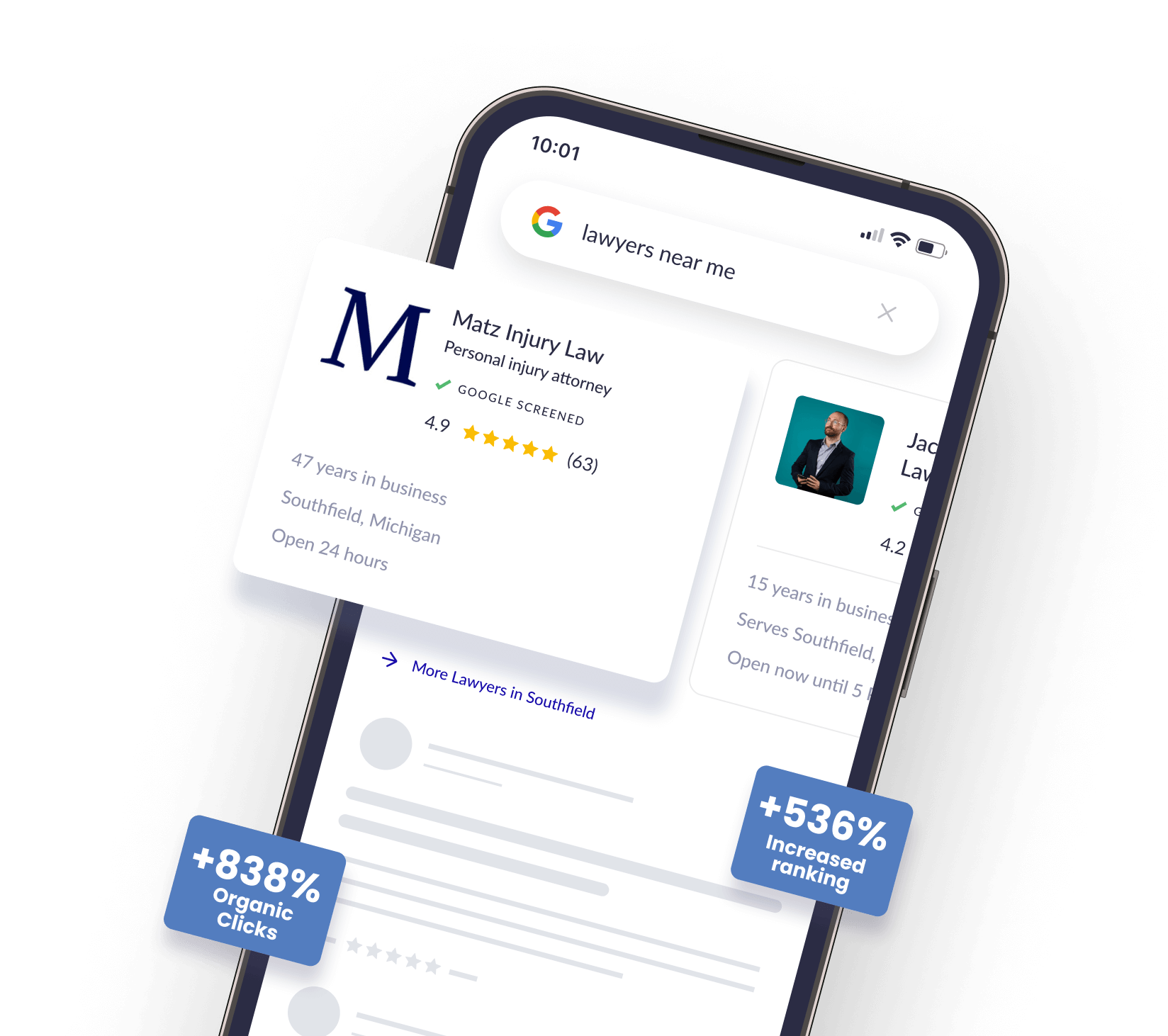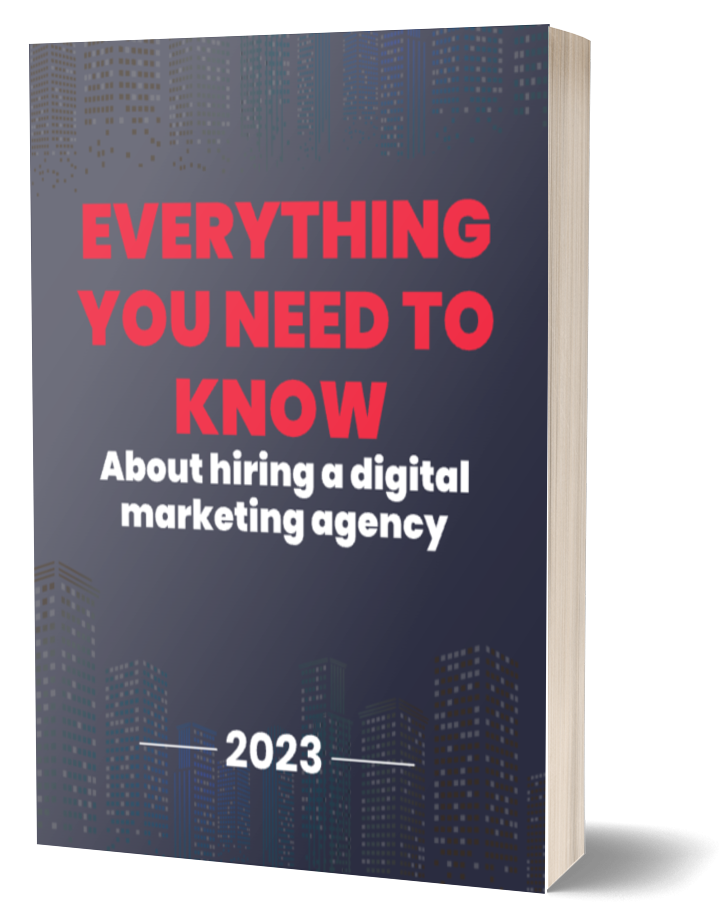Blog
How To Implement Messaging Into Your Marketing Strategy

Most companies still use marketing techniques that are quickly becoming obsolete. To prevent that in your own brand, we invite you to discover what conversational marketing or messaging in social media and the internet is, and how you can implement it in your business to improve your sales process, build lasting relationships with your customers, and sell more of your product or service.
The New Era of Marketing and The New Type of Client
Many marketing teams have been wrong for a long time. The techniques that companies have been applying for more than 50 years to attract customers and increase their sales are falling into obscurity and there is no turning back. The time has come for a paradigm shift, and that change is conversational marketing, a type of marketing in which the client or internet user receives an instant message from the social media profile or official website of your business.
For a long time, companies opted for the path of mass advertising: their goal was to reach as many people as possible to offer the same product to everyone with the hope that some will show interest and decide to listen.
This practice is still used today. But it has been proven to be not only ineffective but it also prevents the construction of lasting ties between a brand and its customers and prospects. The new type of client, influenced by social media, is a person who wants to feel in touch with the company and to adapt the product or service to his/her preferences.
Chatbots and automatic messages
The use of chatbots and automatic messaging in social media is a strategy focused on building one-on-one relationships with customers.
The objective is to meet the specific needs of each client in real-time, quickly and effectively. It is a strategy that allows companies to create human-like interaction and a personalized shopping experience, shorten the sales cycle, and obtain valuable information about their buyers.
Now you might be wondering, ‘what is a chatbot?’
A chatbot is a computer program that, thanks to the use of Artificial Intelligence, allows a client to have a conversation with a business on their website in real-time, as soon as they access the company’s website.
One of the great advantages of chatbots is that, unlike mobile applications, they are not downloaded. It is not necessary to update them and they do not take up space in the phone’s memory. Another is that we can have different bots integrated in the same chat.
Among its other benefits, the following stand out:
Personalization
Data collection allows this technology to contextualize any conversation and offer a unique, personal experience. The fusion of AI, chatbots, and messaging will allow you to give personalized communication, build a bond of trust with your potential buyers, and create a positive consumer experience.
Feedback
The feedback of each conversation is a fundamental contribution that helps you improve your communication processes and your customer service. You should always ask yourself: How was the conversation carried out? What communication channels were used? What was done well? What can be improved? Take note and work to improve in those areas.
The results are quick
With this resource, communication occurs instantaneously. There is no waiting or delay. Your customers are served at the time they need it and regardless of the time they put the request in.
How it works
Chatbots incorporate artificial intelligence systems. Therefore, they have the possibility to learn about our tastes and preferences over time. Siri or Cortana, for example, work thanks to this system (although they still have a lot of room for improvement). Other places where they have been in operation in recent years have been in chats such as Facebook Messenger or instant messaging applications such as Telegram, WhatsApp, or Slack. In the latter, chatbots were incorporated as if they were one more form of contact.
Here’s how WhatsApp Business works:
You may think that implementing a chatbot on your website or using instant messaging is a cumbersome task. Nothing is further from reality.
Today, messaging platforms do much of the work. You just have to learn how to use them in favor of your business. If you want to see an example of how big companies are using this resource to get new sales and customers, you can follow the activities of brands like Domino’s and KLM.
After realizing that one of the most frequently asked questions of its users on Facebook was “What discount can you get on my pizza today?”, Domino’s developed an interface in Australia that would help them solve those kinds of doubts by giving offers automatically. In addition, for a few months, the bot allows you to complete the entire ordering process in certain areas, simplifying the task by remembering previous orders from each user. Also, it is available through Amazon Echo smart speakers.
In addition to advising travelers as Skyscanner does, the Dutch airline KLM launched a bot on Facebook Messenger that goes further, since it performs all the post-purchase customer service: it allows you to receive flight confirmations, boarding passes, reminders, and advice. Thus, the company offers this service to customers at any time of the day, improving customer service metrics and allowing meat and bone agents to focus on other more laborious tasks.
As you can see, messaging customers by using AI, chatbots, and social media is the new way to improve customer satisfaction. In addition to the fact that it is a low budget capability, there is an open field of opportunities to create a better brand using messaging.

Everything you need to know about hiring a digital marketing agency:
- The four pillars of digital marketing
- Digital marketing options and costs
- The pitfalls to avoid
- What to expect when working with an agency
- The qualities to look for in a digital marketing agency

Related Digital Marketing, Social Media Articles
Extraordinary Results
-
“Erik and the Array Digital team are top notch in the digital marketing spaces, particularly for SEO. Their understanding of Google, the algorithms, and the work involved to get websites ranking on the first page is unparalleled. Thank you Erik!!”
Andrew ZihmerZihmer Law Firm -
“I had a chance to consult with Kevin Daisey for my law firm’s marketing needs. He is knowledgeable, kind, and helpful. He provided me with a great marketing analysis. He also invited me to their podcast as a guest speaker. Thank you Array Digital!”
Merve KatiZMK Law -
“The legal profession needs more architects and designers…folks who are thinking about the future of the profession and who are assembling a tribe of like minded lawyer leaders. Erik and his team are certainly ‘that’.”
Ben GlassBen Glass Law & Great Legal Marketing








